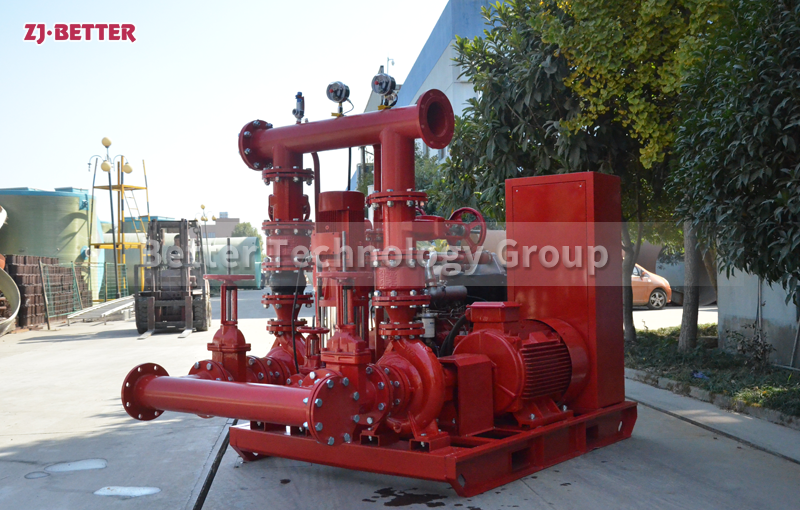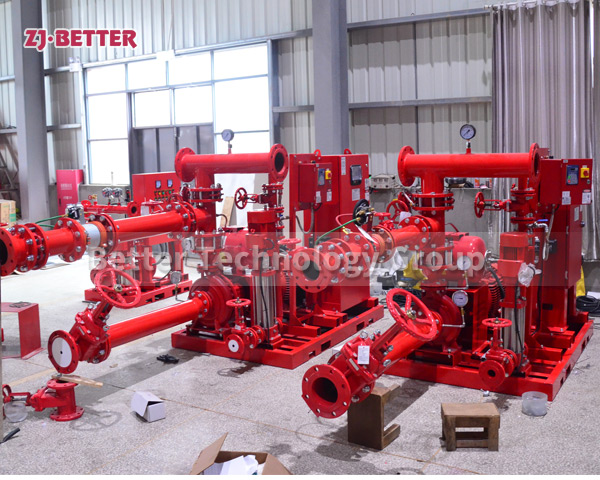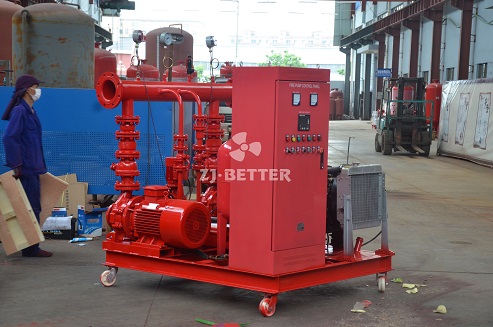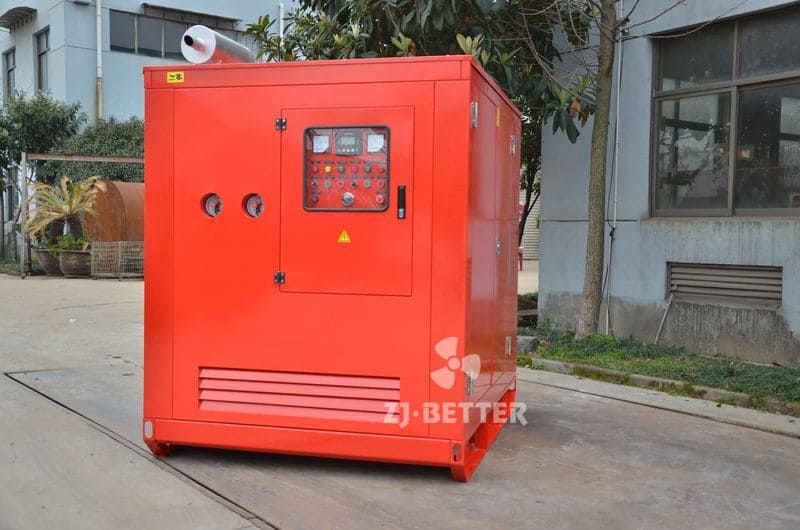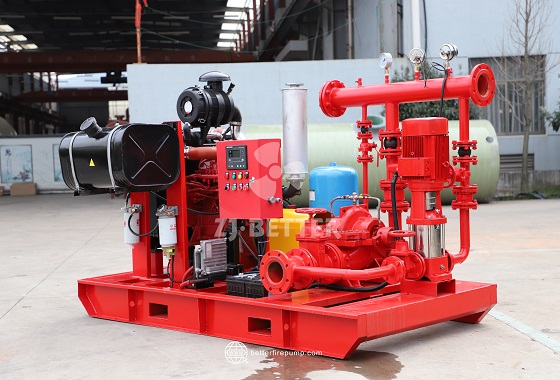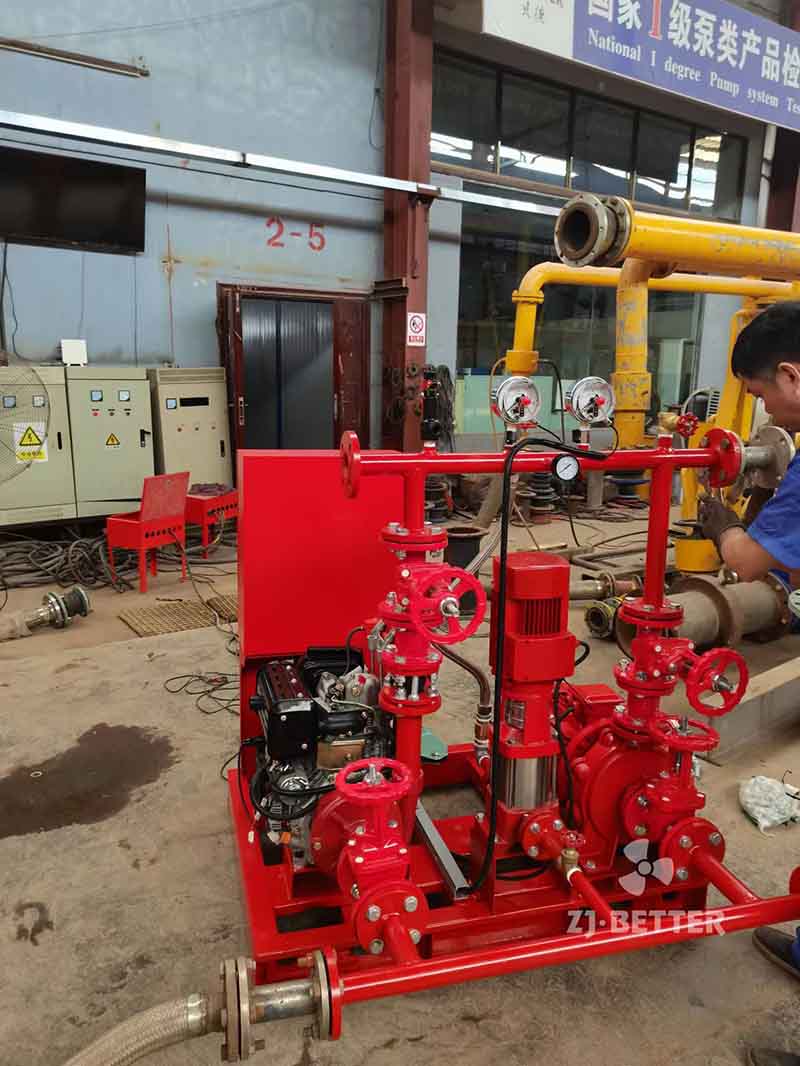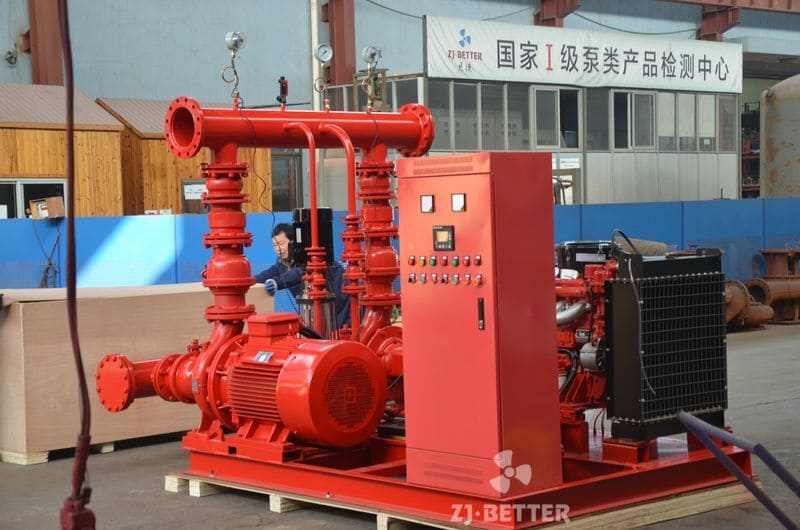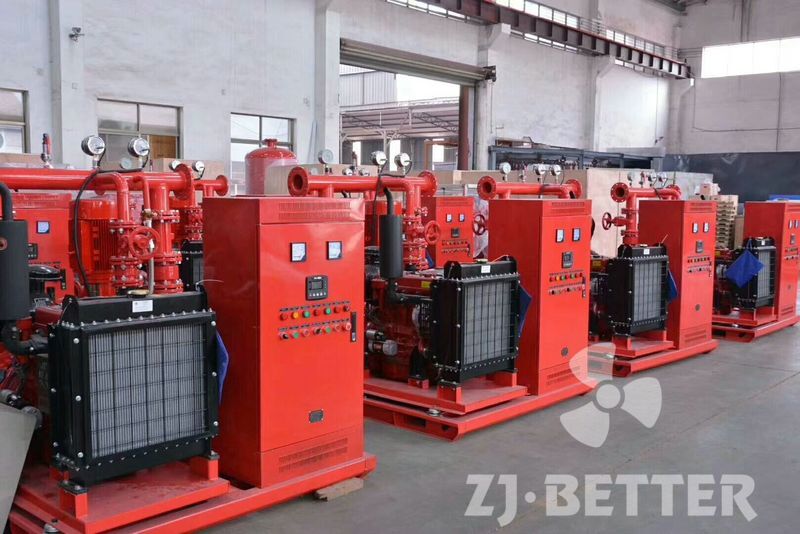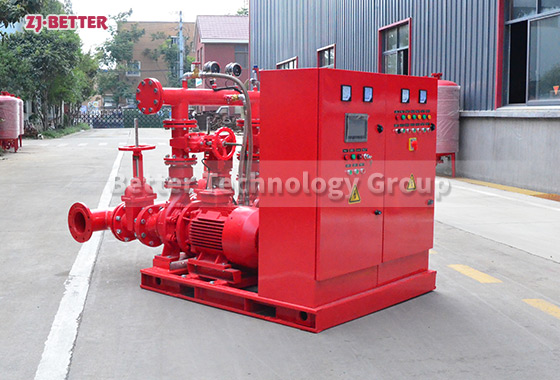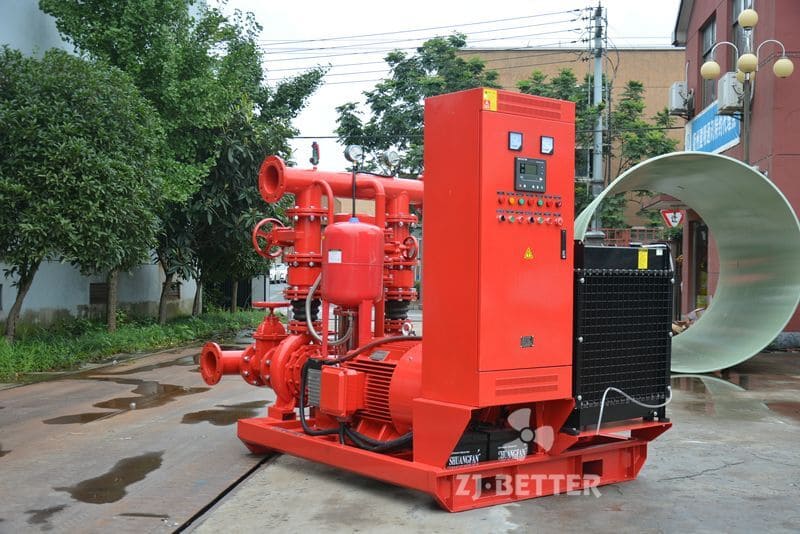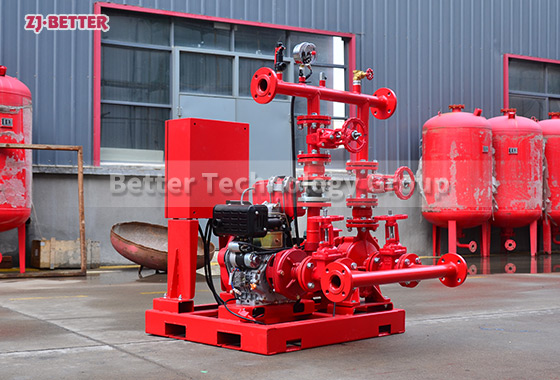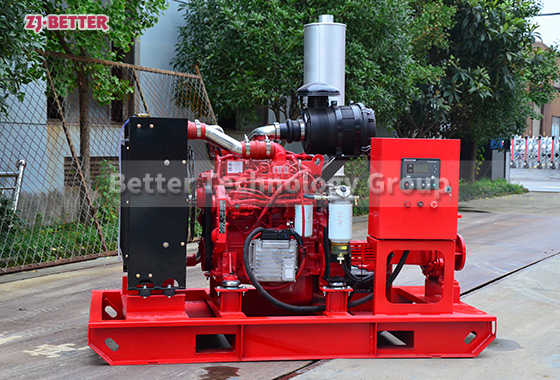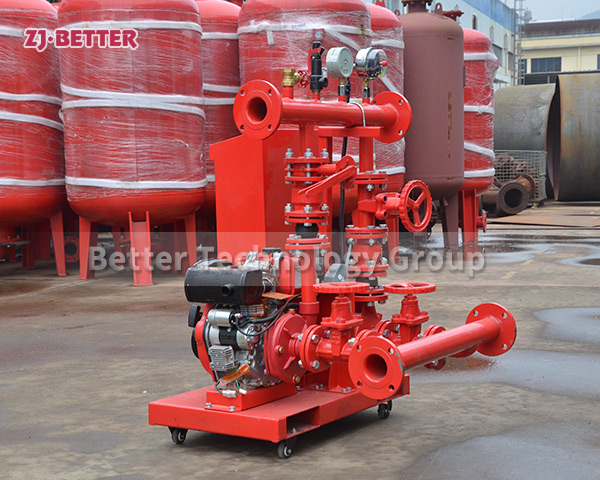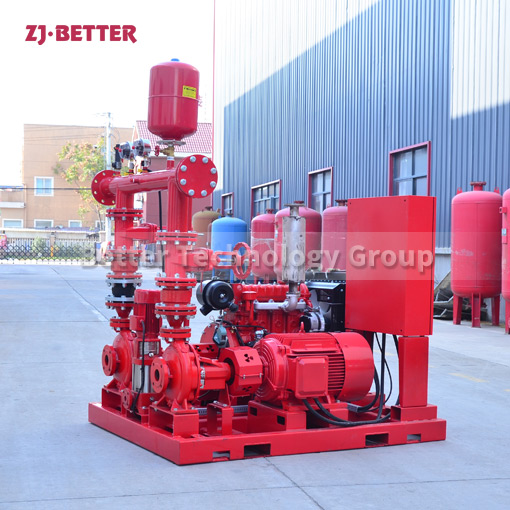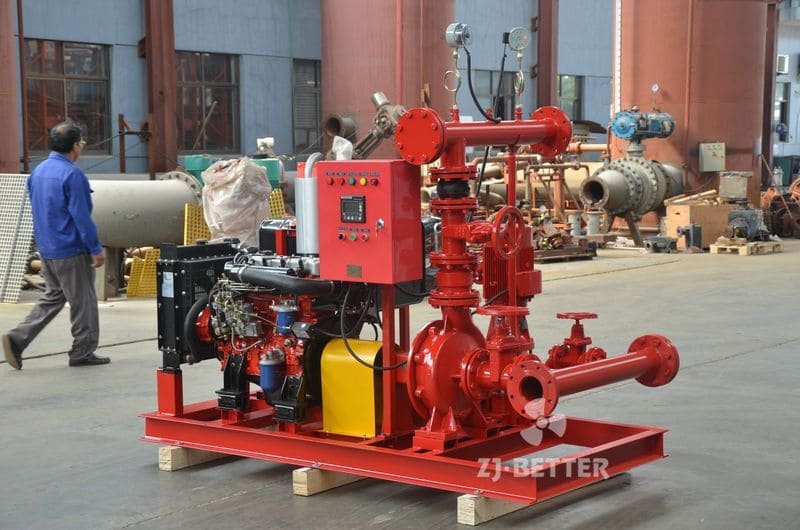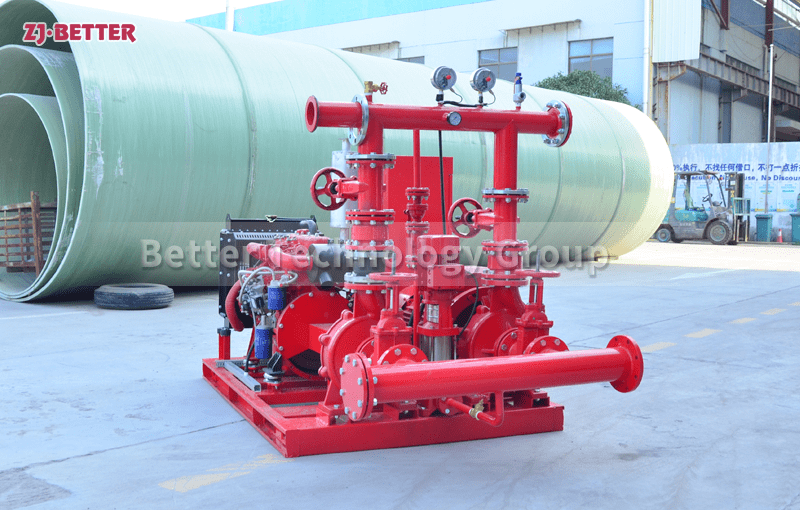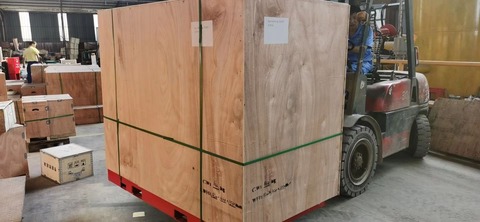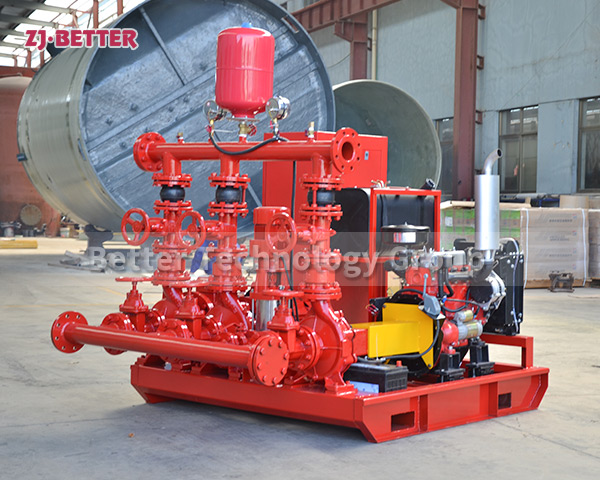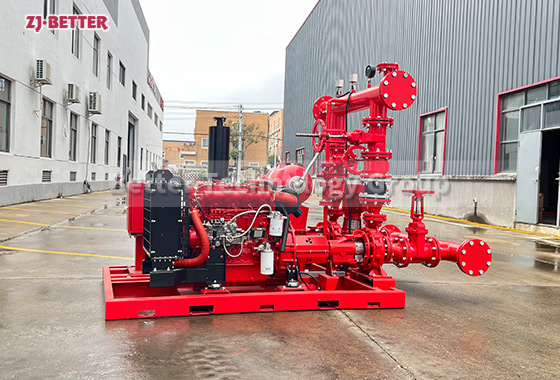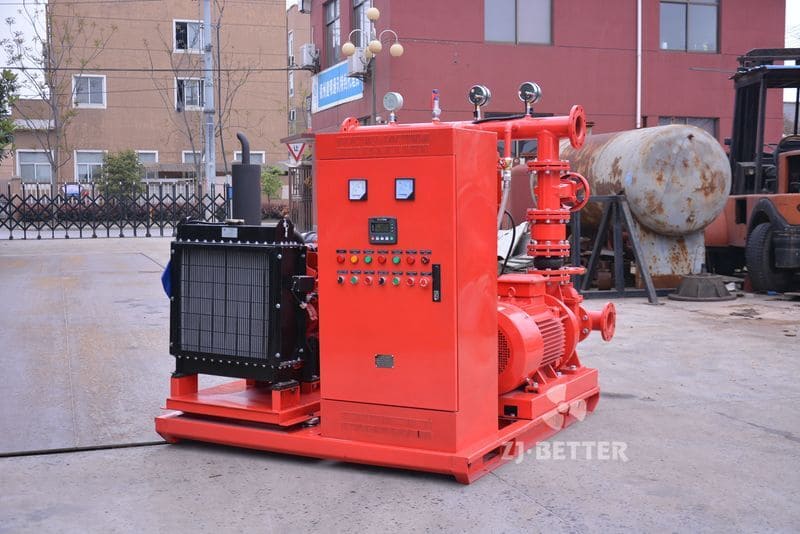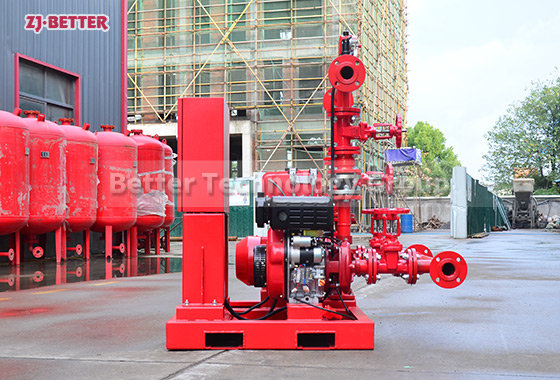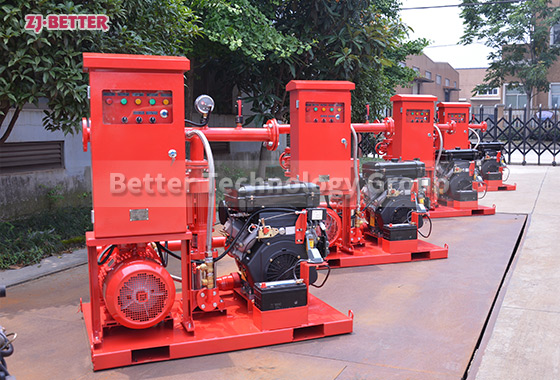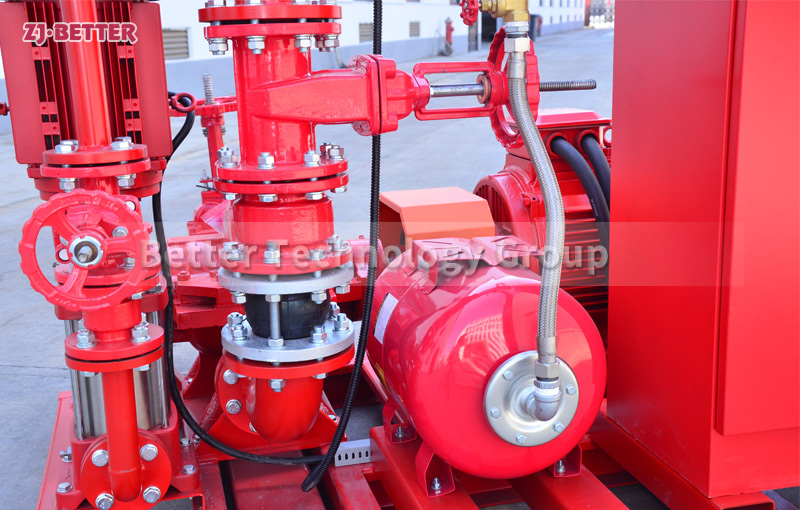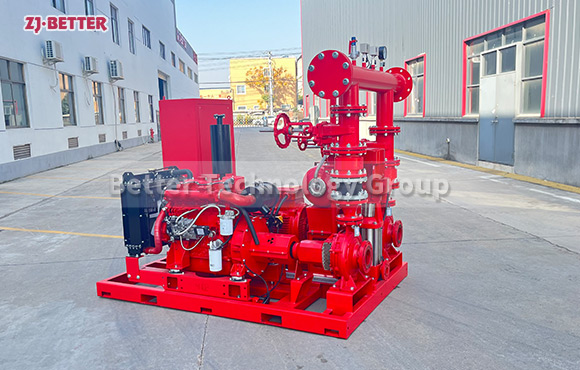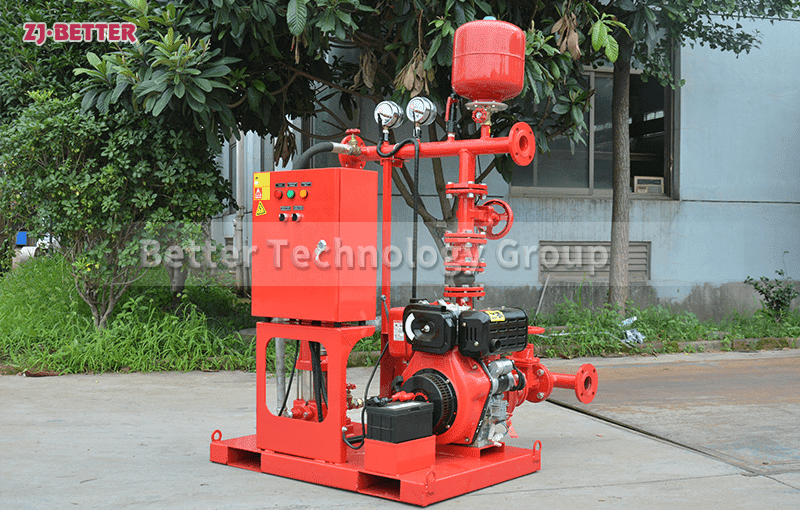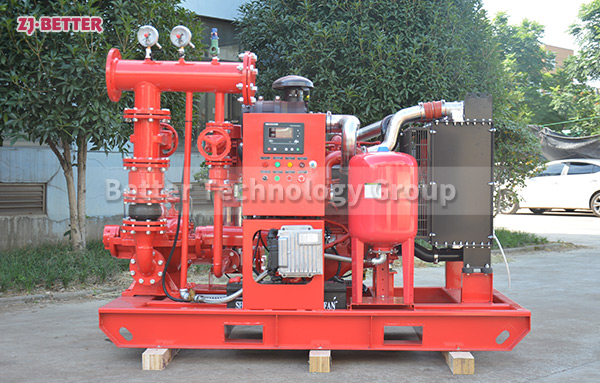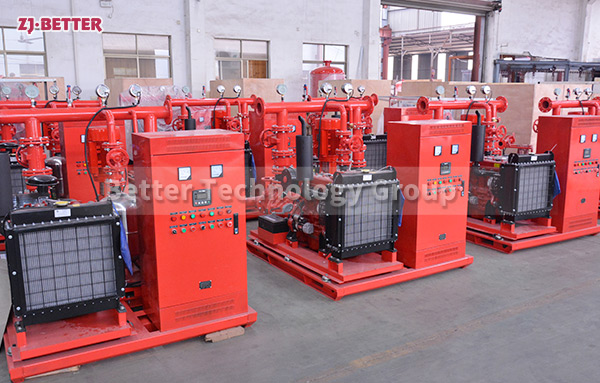Diesel engine fire pump is a reliable fire fighting equipment
Diesel engine fire pumps are made of domestic or imported high-quality products. They have the characteristics of good starting characteristics, strong overload capacity, compact structure, convenient maintenance, simple use, and high degree of automation. They are advanced and reliable fire-fighting equipment.
The main functional characteristics of the diesel engine fire pump:
1. Automatic start: After receiving fire alarm/pipe network pressure/power failure/or other start signals, it can automatically start within 15 seconds and put into full-load operation;
2. Automatic charging: the battery can be automatically charged by the city power or diesel engine charging motor to ensure the smooth start of the unit;
3. Automatic alarm: automatic alarm protection for diesel engine low oil pressure, high water temperature and other faults, alarm and stop when overspeed;
4. Automatic preheating: make the diesel engine in a hot standby state to ensure emergency work;
5. Direct connection type: The diesel engine and the water pump used by the unit are directly connected through the elastic coupling technology, which reduces the point of failure, greatly shortens the starting time of the unit, and increases the reliability and emergency performance of the unit;
6. Users can also request to set other alarm outputs;
7. It has the functions of telemetry, remote signaling and remote control.

